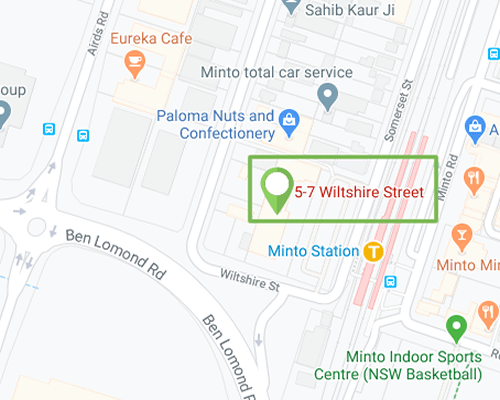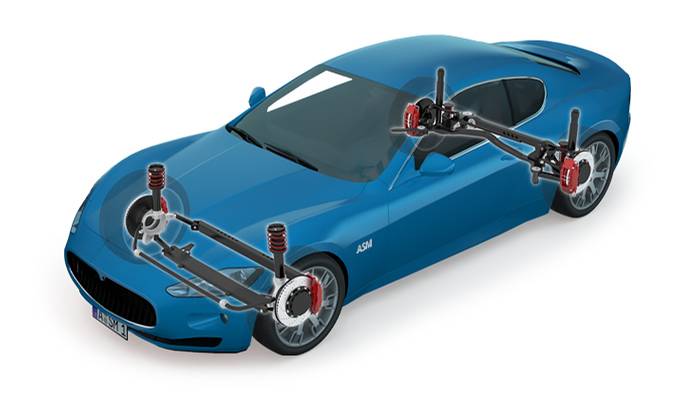ASES – Australia
Unit 8,
5-7 Wiltshire Street,
MINTO, NSW, 2566, Australia
Phone: +61 2 9933 4900

Email Information:
Sales:
info@ases.co
Support:
support@ases.co
Accounts:
accounts@ases.co
General:
info@ases.co
The ASM Vehicle Dynamics Model is an excellent basis for developing and testing vehicle dynamics ECUs, such as ESP, steering and active damping ECUs. It is ideal for vehicle dynamics investigations in early development phases. A user interface lets users intuitively configure the vehicles and define maneuvers and roads.

ASM Vehicle Dynamics is an open Simulink® model for the real-time simulation of vehicle dynamics behavior. The model is typically used on a dSPACE Simulator/SCALEXIO to perform hardware-in-the-loops tests on electronic control units (ECUs) or during the design phase of controller algorithms for early validation by offline simulation. The model supports all relevant phases of the model-based development process.
All of the Simulink blocks in the model are visible, so it is easy to add or replace components with custom models to adapt the vehicle’s properties perfectly to individual projects. The ASMs’ standardized interfaces allow the vehicle dynamics model to be easily expanded to meet specific requirements or even create a virtual vehicle. Roads and driving maneuvers can be created intuitively by using graphical tools with preview and clear visualization All parameters can be altered during run time.
For realistic vehicle simulation, the vehicle model is designed as a multibody system. The model consists of elements such as a drivetrain with elastic shafts, a table-based engine, two semi-empirical tire models, a nonlinear table-based vehicle suspension model with kinematics and compliance, a steering model, and aerodynamics. An environment with a road, maneuvers, and an open- and closed-loop driver is included as well. All parameters can be altered during run time. To simulate brake systems, models of a dual-circuit hydraulics system and a pneumatics system are available as add-ons.